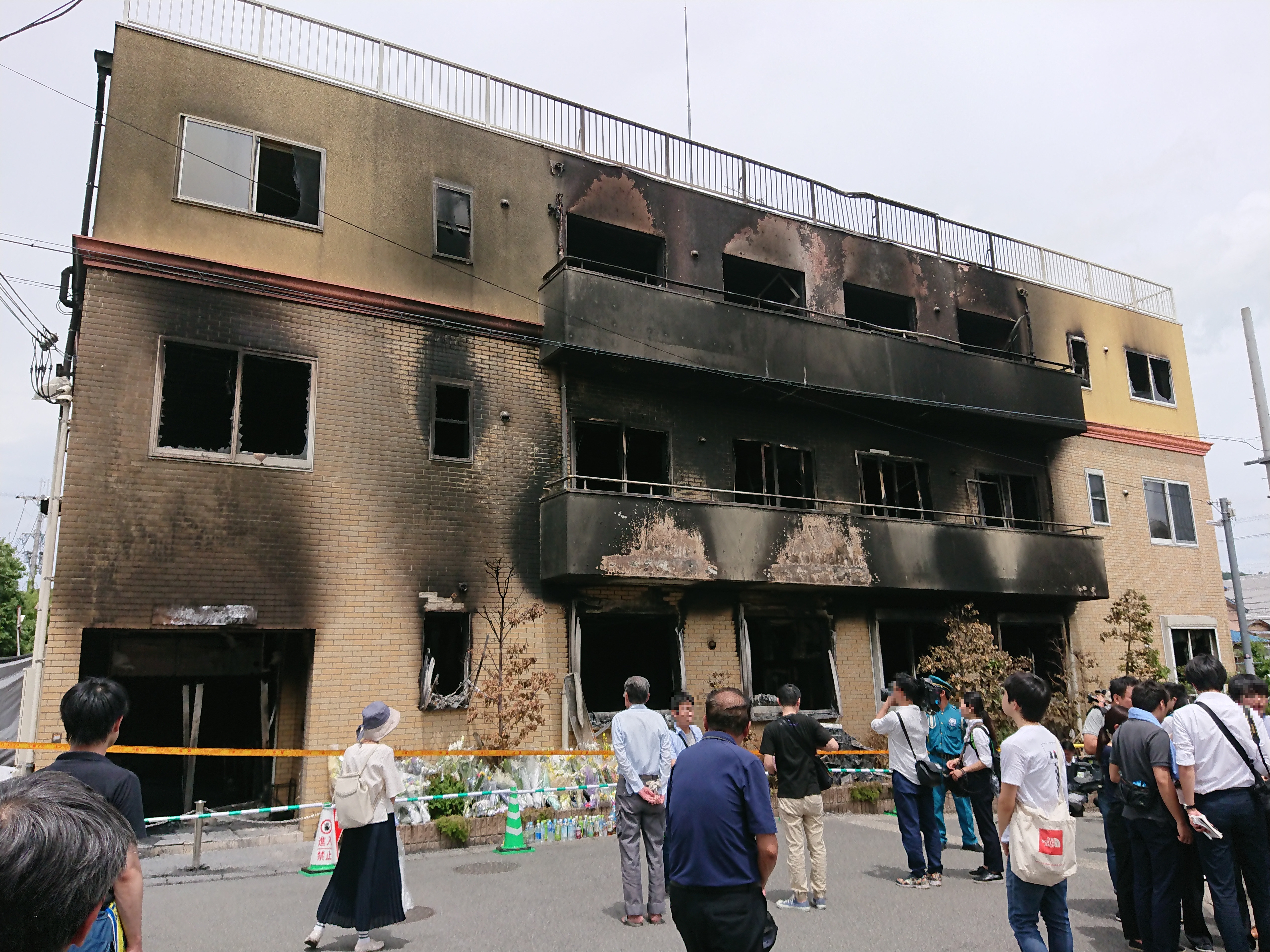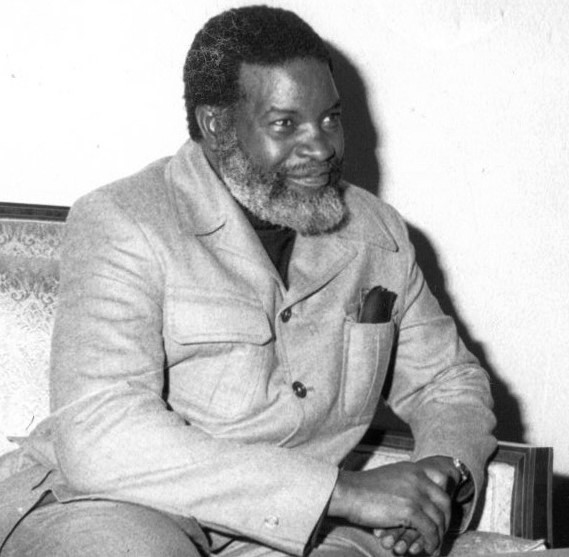|
Dibasen Junior Secondary School
Dibasen Junior Secondary School is a school in Okombahe, 60 km west of Omaruru in the Erongo Region of central Namibia. It was founded in 1982 and has 16 teachers and about 360 learners in grades 7 to 9. The school was the target of several arson attacks at the time of Namibia's transition into independence in the late 1980s and early 1990s. As a result of those politically motivated attacks, student numbers went down from 900 to 200. During an attempt to rebuild the school the remaining hostel blocks burned down in 2005. the ruins have neither been removed not rebuilt. See also * Education in Namibia * List of schools in Namibia , Namibia has 1,947 primary and secondary schools, up from 1,723 schools in 2013. These schools cater for a total of 822,574 pupils (2013: 24,660 teachers, 617,827 pupils). Most of the country experiences a shortage of schools, school hostels, a ... References Schools in Erongo Region 1982 establishments in South West Africa {{Nami ... [...More Info...] [...Related Items...] OR: [Wikipedia] [Google] [Baidu] |
Okombahe
Okombahe is a settlement in the Erongo Region of eastern central Namibia, situated on the Omaruru River north of Karibib. It is regarded as the capital of the ǂNûkhoen ( Damara) tribe; the annual King's Festival is held at the town's ''Gaob Memorial Stadium''. Before independence of Namibia, Okombahe was situated at the edge of the Damaraland bantustan. Martin Luther High School and Dibasen Junior Secondary School are situated in the village. The Omaruru River's sub-surface water is used by the Damara people to grow wheat. Even in years of drought, 60-80 hectares are under irrigation. Notable people * Michael Goreseb, Mayor of Usakos and Member of the National Assembly of Namibia The National Assembly is the lower chamber of Namibia's bicameral Parliament. Its laws must be approved by the National Council, the upper house. Since 2014, it has a total of 104 members. 96 members are directly elected through a system of close ... References Populated places in the E ... [...More Info...] [...Related Items...] OR: [Wikipedia] [Google] [Baidu] |
Omaruru, Namibia
Omaruru is a city in the Erongo Region of central Namibia. The town has 14,000 inhabitants and owns of land. It is situated near Mount Erongo, on the usually dry Omaruru River. It is located on the main paved road from Swakopmund to Otjiwarongo. The name in the Otjiherero language means 'bitter milk', as Herero cattle herds used to graze on a local bush that turned their milk bitter. Omaruru is known for its annual festival where the Herero people commemorate their past local chiefs, its winery, and for the dinosaur footprints at nearby Otjihaenamparero. History Omaruru was established in 1863 by Wilhelm Zeraua, the first chief of the ''White Flag'' clan of the OvaHerero people. In 1871, Anders Ohlsson and Axel Eriksson established a brewery at Omaruru. Eriksson had also established a trading post, which flourished and by 1878 he employed about forty whites. Eriksson's business was based upon long-distance trading between southern Angola and Cape Colony, which necessitated ... [...More Info...] [...Related Items...] OR: [Wikipedia] [Google] [Baidu] |
Erongo Region
Erongo is one of the 14 regions of Namibia. The capital is Swakopmund. It is named after Mount Erongo, a well-known landmark in Namibia and in this area. Erongo contains the municipalities of Walvis Bay, Swakopmund, Henties Bay and Omaruru, as well as the towns Arandis, Karibib and Usakos. All the main centres within this region are connected by paved roads. The Erongo Region had a population of 150,809 in 2011. As of 2020, it had 119,784 registered voters. In the west, Erongo has a shoreline on the Atlantic Ocean. On land, it borders the following regions: * Kunene - north *Otjozondjupa - northeast *Khomas - southeast *Hardap - south Economy and infrastructure Various mining operations occur within this region at places such as Navachab and on a smaller scale at places surrounding Uis and the desert area. Karibib also has a marble industry. Walvis Bay, fully incorporated into the Erongo Region in 1994, is the principal home of Namibia's fishing industry. Walvis Bay also b ... [...More Info...] [...Related Items...] OR: [Wikipedia] [Google] [Baidu] |
Namibia
Namibia (, ), officially the Republic of Namibia, is a country in Southern Africa. Its western border is the Atlantic Ocean. It shares land borders with Zambia and Angola to the north, Botswana to the east and South Africa to the south and east. Although Kazungula, it does not border Zimbabwe, less than 200 metres (660 feet) of the Botswanan right bank of the Zambezi, Zambezi River separates the two countries. Namibia gained independence from South Africa on 21 March 1990, following the Namibian War of Independence. Its capital and largest city is Windhoek. Namibia is a member state of the United Nations (UN), the Southern African Development Community (SADC), the African Union (AU) and the Commonwealth of Nations. The driest country in sub-Saharan Africa, Namibia has been inhabited since pre-historic times by the San people, San, Damara people, Damara and Nama people. Around the 14th century, immigration, immigrating Bantu peoples arrived as part of the Bantu expansion. Since ... [...More Info...] [...Related Items...] OR: [Wikipedia] [Google] [Baidu] |
The Namibian
''The'' () is a grammatical article in English, denoting persons or things already mentioned, under discussion, implied or otherwise presumed familiar to listeners, readers, or speakers. It is the definite article in English. ''The'' is the most frequently used word in the English language; studies and analyses of texts have found it to account for seven percent of all printed English-language words. It is derived from gendered articles in Old English which combined in Middle English and now has a single form used with pronouns of any gender. The word can be used with both singular and plural nouns, and with a noun that starts with any letter. This is different from many other languages, which have different forms of the definite article for different genders or numbers. Pronunciation In most dialects, "the" is pronounced as (with the voiced dental fricative followed by a schwa) when followed by a consonant sound, and as (homophone of pronoun ''thee'') when followed by a v ... [...More Info...] [...Related Items...] OR: [Wikipedia] [Google] [Baidu] |
Arson
Arson is the crime of willfully and deliberately setting fire to or charring property. Although the act of arson typically involves buildings, the term can also refer to the intentional burning of other things, such as motor vehicles, watercraft, or forests. The crime is typically classified as a felony, with instances involving a greater degree of risk to human life or property carrying a stricter penalty. Arson which results in death can be further prosecuted as manslaughter or murder. A common motive for arson is to commit insurance fraud. In such cases, a person destroys their own property by burning it and then lies about the cause in order to collect against their insurance policy. A person who commits arson is referred to as an arsonist, or a serial arsonist if arson has been committed several times. Arsonists normally use an accelerant (such as gasoline or kerosene) to ignite, propel and directionalize fires, and the detection and identification of ignitable liqui ... [...More Info...] [...Related Items...] OR: [Wikipedia] [Google] [Baidu] |
Namibian War Of Independence
The South African Border War, also known as the Namibian War of Independence, and sometimes denoted in South Africa as the Angolan Bush War, was a largely asymmetric conflict that occurred in Namibia (then South West Africa), Zambia, and Angola from 26 August 1966 to 21 March 1990. It was fought between the South African Defence Force (SADF) and the People's Liberation Army of Namibia (PLAN), an armed wing of the South West African People's Organisation (SWAPO). The South African Border War resulted in some of the largest battles on the African continent since World War II and was closely intertwined with the Angolan Civil War. Following several years of unsuccessful petitioning through the United Nations and the International Court of Justice for Namibian independence from South Africa, SWAPO formed the PLAN in 1962 with material assistance from the Soviet Union, China, and sympathetic African states such as Tanzania, Ghana, and Algeria. Fighting broke out between PLAN and th ... [...More Info...] [...Related Items...] OR: [Wikipedia] [Google] [Baidu] |
Education In Namibia
Education in Namibia is compulsory for 10 years between the ages of 6 and 16. ''This article incorporates text from this source which is in the public domain. There are approximately 1900 schools in Namibia of which 100 are privately owned. Namibian subjects' syllabi are based on the International General Certificate of Secondary Education which is part of Cambridge International. The Constitution directs the government to provide free primary education; however, families must pay fees for uniforms, stationery, books, hostels, and school improvements. Among sub-Saharan African countries, Namibia has one of the highest literacy rates. History of Education in Namibia Before independence Before Namibia's independence, the country's education system was designed to reinforce apartheid rather than provide the necessary human resource base to promote equitable social and economic development. It was fragmented along racial and ethnic lines, with vast disparities in both the alloca ... [...More Info...] [...Related Items...] OR: [Wikipedia] [Google] [Baidu] |
List Of Schools In Namibia
, Namibia has 1,947 primary and secondary schools, up from 1,723 schools in 2013. These schools cater for a total of 822,574 pupils (2013: 24,660 teachers, 617,827 pupils). Most of the country experiences a shortage of schools, school hostels, and classroom space. Many Namibian schools are built in a uniform design that was suggested by the Chilean-born (turned Swedish citizen) architect Gabriel Castro, in the 1990s. Primary and secondary schools The Government of Namibia keeps a list of all registered private and government schools in the country. A–C * A. Shipena Secondary School, Katutura, Windhoek, Khomas Region * A. A. Denk Memorial School, Kalkrand, Hardap Region * Acacia High School, Windhoek * Academia Secondary School, Khomasdal, Windhoek, Khomas Region * All Nations Christian Primary School, Windhoek, Khomas Region * Amakali Combined School, Amuteye, Onyaanya Constituency, Oshikoto Region * Amazing Kids Private School, Windhoek, Khomas Region * Ambunda Pr ... [...More Info...] [...Related Items...] OR: [Wikipedia] [Google] [Baidu] |
Schools In Erongo Region
A school is an educational institution designed to provide learning spaces and learning environments for the teaching of students under the direction of teachers. Most countries have systems of formal education, which is sometimes compulsory. In these systems, students progress through a series of schools. The names for these schools vary by country (discussed in the '' Regional terms'' section below) but generally include primary school for young children and secondary school for teenagers who have completed primary education. An institution where higher education is taught is commonly called a university college or university. In addition to these core schools, students in a given country may also attend schools before and after primary (elementary in the U.S.) and secondary (middle school in the U.S.) education. Kindergarten or preschool provide some schooling to very young children (typically ages 3–5). University, vocational school, college or seminary may be availabl ... [...More Info...] [...Related Items...] OR: [Wikipedia] [Google] [Baidu] |
.png)



